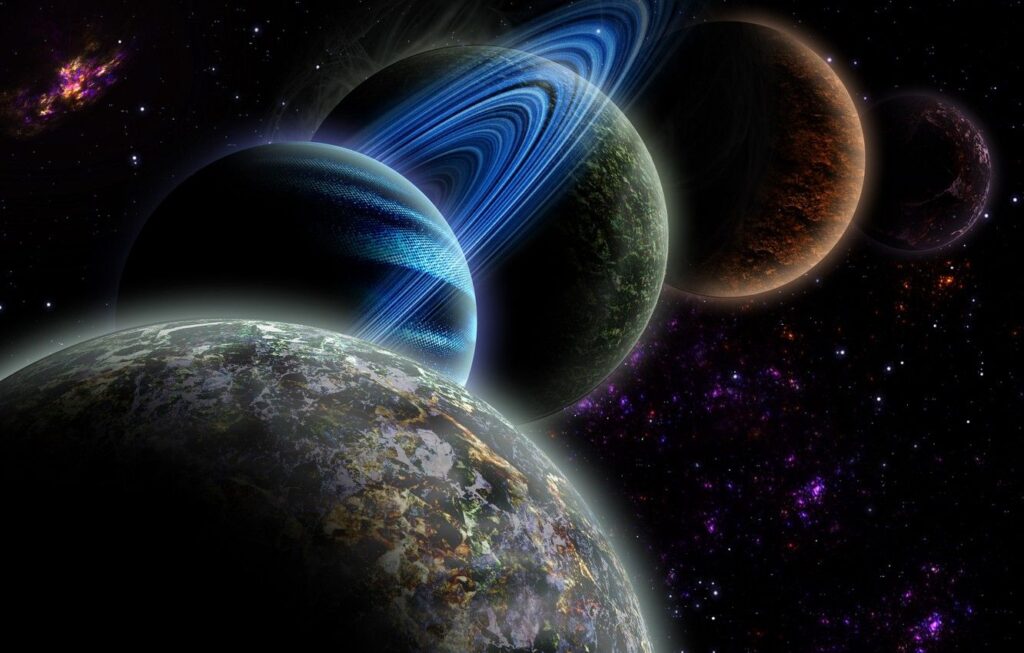The international research team has observed part of the formation of dwarf galaxies, helping to explain how they evolve from dwarf to maturity. In their paper published in the journal Nature, this group described evidence of maturation in the galaxy.
Previous research has shown that there are dwarf galaxies in the universe. Such galaxies usually consist of only a few billion stars, compared to mature galaxies such as the Milky Way, which has 200 to 400 billion stars. Previous research also suggested that some dwarf galaxies may evolve into more mature galaxies, but how it happens is unclear. In this new effort, the researchers focused the Astrosate room -based telescope on several compact blue dwarf galaxies, which were counted around 1.5 to 3.9 billion light years from Earth. The team then used ultraviolet imaging telescope on astrosate, which was the first multi-wave space telescope in India, to find evidence of star formation activities.
Previous efforts to observe the formation of stars in dwarf galaxies have been blocked by low luminosity, small size and low mass objects they contain. These problems have been overcome with astrosate because of the high strength of the telescope and because of its ability to capture several wavelengths of light at the same time, and also because it is equipped with field imaging technology in UV.
In analyzing data for 17 hours from astrosate, the researchers found material evidence that moved from the outer edge of the eleven dwarf galaxies into the center. The researchers note that such an increase will lead to the buildup of material in the inside of the galaxy, which, they suggest, can lead to the creation of stars and other bodies, such as planets and moon. They further suggest that the material is likely to be withdrawn by the torque of the gas and star complex.
The researchers suggest that their observations are just one step towards understanding how dwarf galaxies develop into adult galaxies with more stars in it.







More Stories
NASA posts beautiful martian image showing ‘blue’ region of the red planet
NASA posts beautiful martian image showing ‘blue’ region of the red planet
Using diamonds as probes to explore fast-changing weak magnetic fields